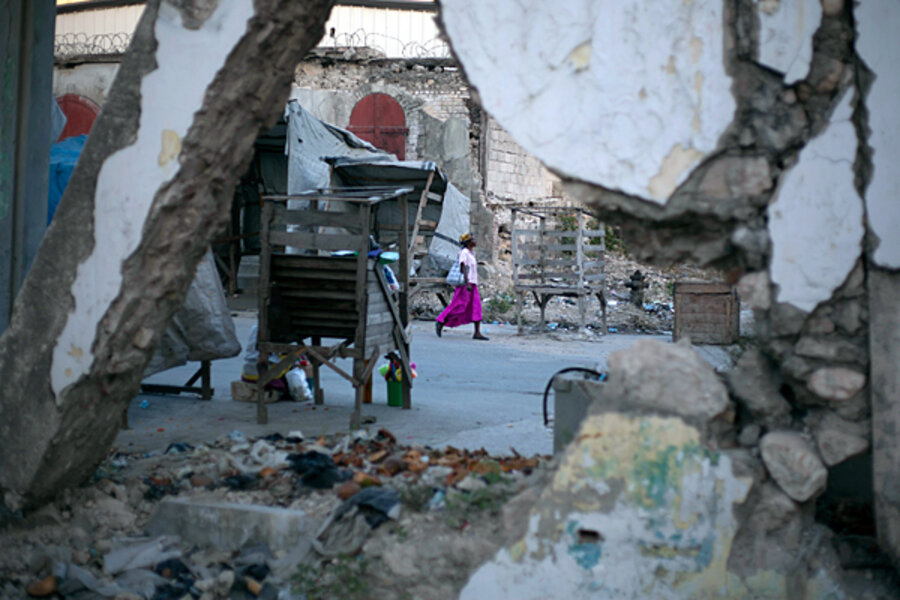As horrific images and stories emerged from the rubble-filled Haitian streets, governments, residents, and private groups around the world began to write checks.
Governments and international agencies pledged $12.6 billion to be used to from 2010 to 2020. As of Sept. 2012, donors had disbursed roughly $6 billion (48 percent), according to the United Nations Office of the Special Envoy for Haiti. Pledges, however, are non-binding, and disbursed does not mean spent. Private organizations, mainly non-governmental organizations (NGOs), received $3 billion more in pledges.
At least $2.4 billion of the public aid was spent on providing food and water, handing out tarps, and other emergency aid. But that money is drying up. In 2012, aid agencies received just $63 million of the $151 million needed to carry out such work. They need $144 million more this year. Billions are needed for long-term reconstruction and to eradicate a cholera outbreak that has killed nearly 8,000.
“There is some donor fatigue now,” says Andrew Pugh, country director for humanitarian organization Oxfam’s Haiti office. “But if the remaining 50 percent [of pledged money] is received, that will go a long way to helping Haiti.”





